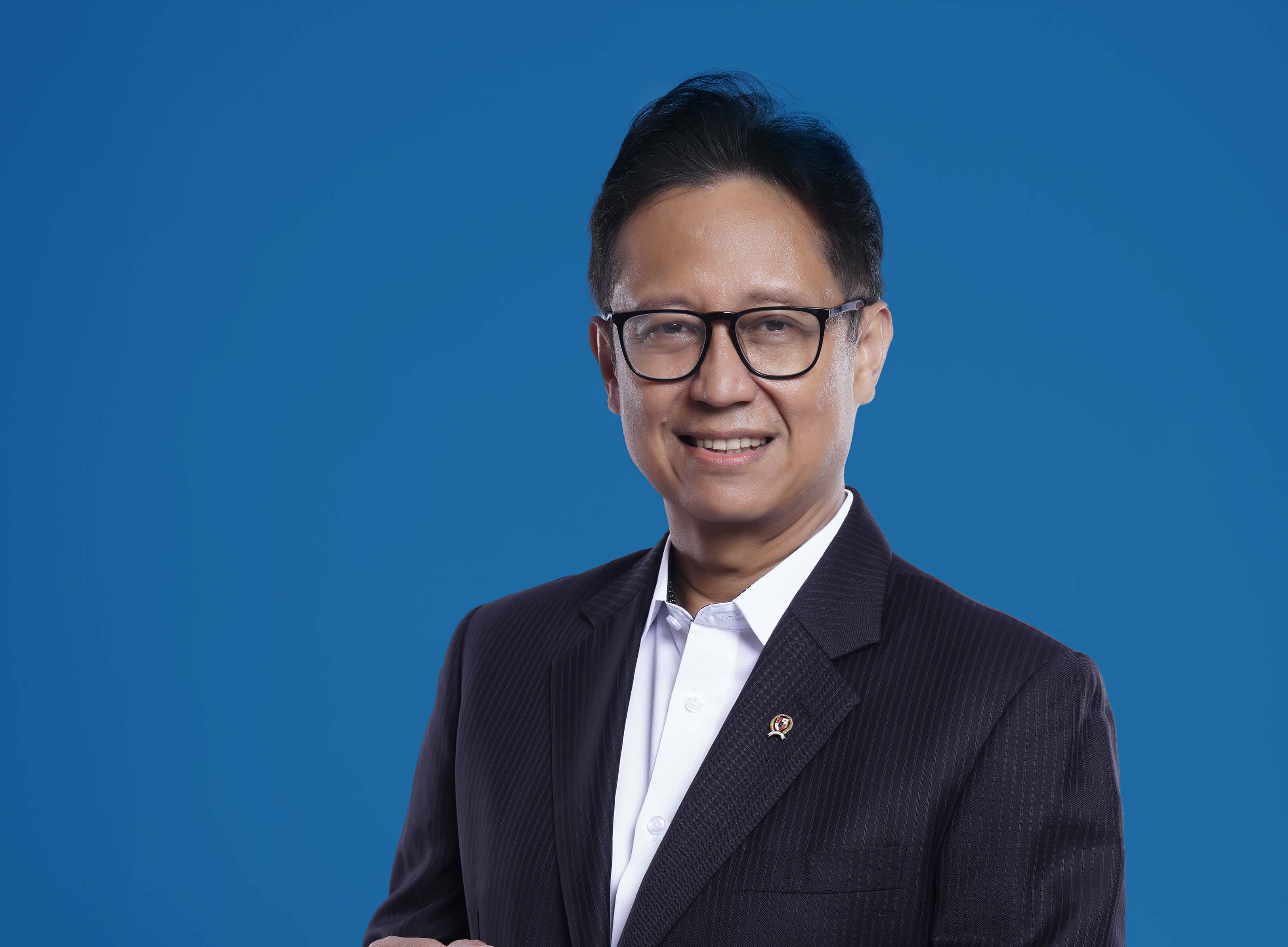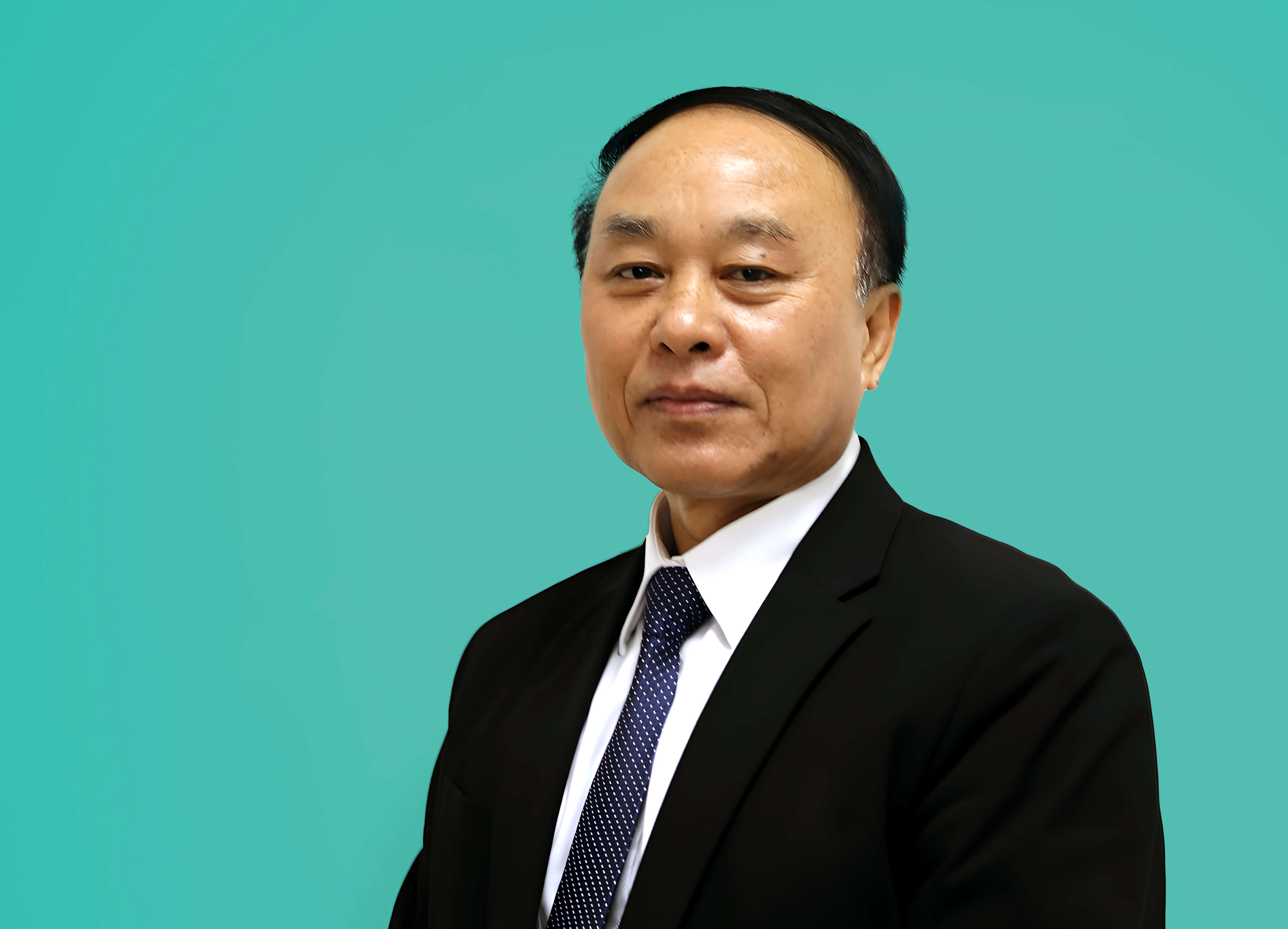


ASEAN countries were among the first to be affected by COVID-19. But for 18 months, we managed to keep the virus's spread below levels experienced in other regions, accounting for less than 5 per cent of global cases and deaths.
We are now facing our greatest challenge in the pandemic to date, as several countries in the region battle major surges, with the spread of the Delta variant among populations that are largely still unvaccinated.
A Strong Foundation
When COVID-19 was first detected, strong commitments to national and regional health security, as well as past experiences with disease outbreaks including SARS and H5N1, enabled countries in this region to respond quickly and effectively. The investments we had made, working together and strengthening our capacity under the Asia Pacific Strategy for Emerging Diseases and Public Health Emergencies (APSED, APSED 2010, and APSED III), paid off.
But we are now fighting a variant that is twice as transmissible as the original virus while grappling with global vaccine shortages and inequitable distribution. Our global share of cases and deaths is rising sharply, and even the strongest public health systems in the region are being tested. In some places, health systems are dangerously close to the “red line,” where the number of critical cases exceeds ICU capacity, and hospitals can no longer provide the care that people need.
Protecting Our Healthcare Workers
Because of scarcity in the global vaccine supply, distribution initially focused on countries that were experiencing large- scale outbreaks. As a result, many Member States in this region that had successfully suppressed the virus were not prioritised. In these countries, vulnerable populations—healthcare workers and older people—were left waiting for their turn.
In early August, a key milestone was f inally reached. All countries and areas in the WHO Western Pacific Region had secured sufficient doses to protect all of their healthcare workers. These include seven ASEAN countries.
Health and other frontline workers have been working tirelessly to protect us during the COVID-19 pandemic. Some have not been home to see their families in months. I am so relieved that the Western Pacific Region has sufficient doses for all of them.
Ensuring every health care worker in every country is vaccinated has always been a top priority for WHO—even in countries and areas which have reported few cases to date. The nature of this pandemic means that COVID-19 can reach every corner of the globe, and every healthcare worker—particularly those who are most exposed to the virus, working on the frontlines— should be fully vaccinated.
More than 33 million vaccine doses have been delivered to the Region by the COVAX Facility, co-led by the Coalition for Epidemic Preparedness Innovations (CEPI), Gavi, the Vaccine Alliance, and WHO, alongside key delivery partner UNICEF, and supported by several ASEAN countries. The remainder were either produced locally, bought by governments, or donated bilaterally.
This would not have been possible without generous funding and support from governments, the private sector, and philanthropic and multilateral partners.
But we still have a long way to go to ensure that all healthcare workers actually receive their doses, and other priority groups are also protected.
Reaching the Next Milestone, Urgently
While we now have sufficient doses for the region’s healthcare workers, the next challenge is securing enough to protect the other priority groups and ensure these are distributed to the people who need them most, such as older people and those with health conditions that make them more vulnerable to severe COVID-19.
In ASEAN countries alone, there are 74 million people aged 60 years or older. We must quickly get enough doses to protect these groups, maintain healthcare capacity, and save lives.
The circulation of the Delta variant makes this even more urgent. Delta has now been reported in more than 160 countries, territories, and areas worldwide. In the Western Pacific Region, countries that had previous success in suppressing the virus are now facing major surges.
Delta: A New Major Challenge
It now seems clear that, even with our best efforts, the virus will not disappear globally—at least not in the near future. And while the virus is spreading anywhere, people everywhere are at risk. With this in mind, each country needs to continue doing all that it can to control the virus, carefully assessing and managing the risks in each context. It is especially important for countries that still have few or no cases to remain vigilant. We have seen how quickly Delta can spread once it gets in—and how hard it is to stop.
We know that the best defence against Delta—and the emergence of future variants that could spread even more easily, cause more severe disease, or be resistant to existing vaccines—is to do all we can to suppress transmission now, using all of the available tools. That means vaccinating priority groups, and then whole populations, as quickly as possible, as well as continued application of public health and social measures.
Moving Towards the Future We Want
Vaccines are an essential tool in the effort to protect individuals and reduce the impact of COVID-19 on society, but vaccines alone will not end the pandemic. Combining all of the tools we have at our disposal is the key to limiting transmission.
We must all continue to follow national guidance on mask-wearing, hand washing, physical distancing, and avoiding crowds, close-contact settings and confined spaces, while being ready to get the vaccine as soon as it is our turn.
In late July, the APSED Technical Advisory Group met and discussed the future of the pandemic. They noted that combining the effective use of vaccines and public health and social measures is critical to moving towards a future where COVID-19 becomes an endemic disease that we can learn to live with, through effective action to control transmission and reduce its impact on the health system as well as broader society and the economy.
Continued Collaboration is Essential
Continued collaboration between countries is more important than ever. Member States around the world, including ASEAN members, must stay connected and share information, including about variants, and continue to support other countries that need their help.
Throughout the pandemic, WHO has supported ASEAN Member States in developing and strengthening national surveillance systems, lab networks, and contact tracing; provided guidance on public health and social measures; and procured essential supplies, such as oxygen concentrators and specimen collection kits.
Likewise, rapid diagnostics and life- saving therapeutics are also vital to end the pandemic and accelerate global recovery. WHO, along with partners of the therapeutics pillar of the ACT-Accelerator, is monitoring 2,800 clinical trials worldwide, and the diagnostics pillar of ACT-A has now facilitated price and volume guarantees for over 120 million new high-quality rapid diagnostic tests for low- and middleincome countries.
All of these life-saving tools will only be effective if they are available to the most vulnerable, equitably and simultaneously in all countries, and if strong health systems and services are in place to deliver them.
Throughout the pandemic, ASEAN Member States and other countries in the WHO Western Pacific Region have truly recognised that no country is safe until every country is safe.
Let us continue in solidarity with equitable distribution of COVID-19 vaccines, information sharing on virus mutations, and technical exchanges on issues such as laboratory testing and clinical management.
We have come this far together; we can and must continue to protect ourselves and each other.
Note:
WHO Western Pacific Region covers 37 countries and areas, including seven ASEAN Member States as follows: Brunei Darussalam, Cambodia, Lao PDR, Malaysia, Philippines, Singapore,Viet Nam.








